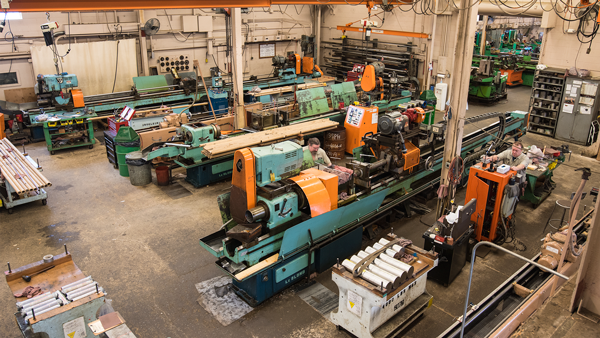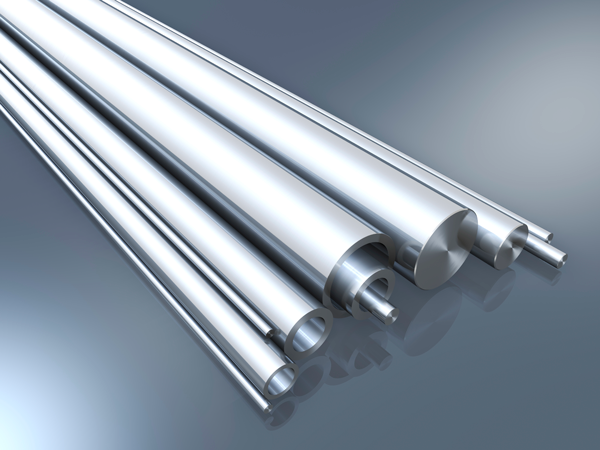Unlike gundrilling, trepanning leaves a core from the center of the drilled barstock instead of reducing it to chips, and can be best described as core drilling.
Since trepanning leaves the center solid core of the tube intact for testing, reclamation or reuse in another project, this process is ideal for very expensive materials and alloys, and in instances where your component requires post-processing testing. The nuclear industry, for example, frequently relies on trepanned core materials because they can easily be tested for critical performance and safety specifications and considerations, and archived for later evaluation.

